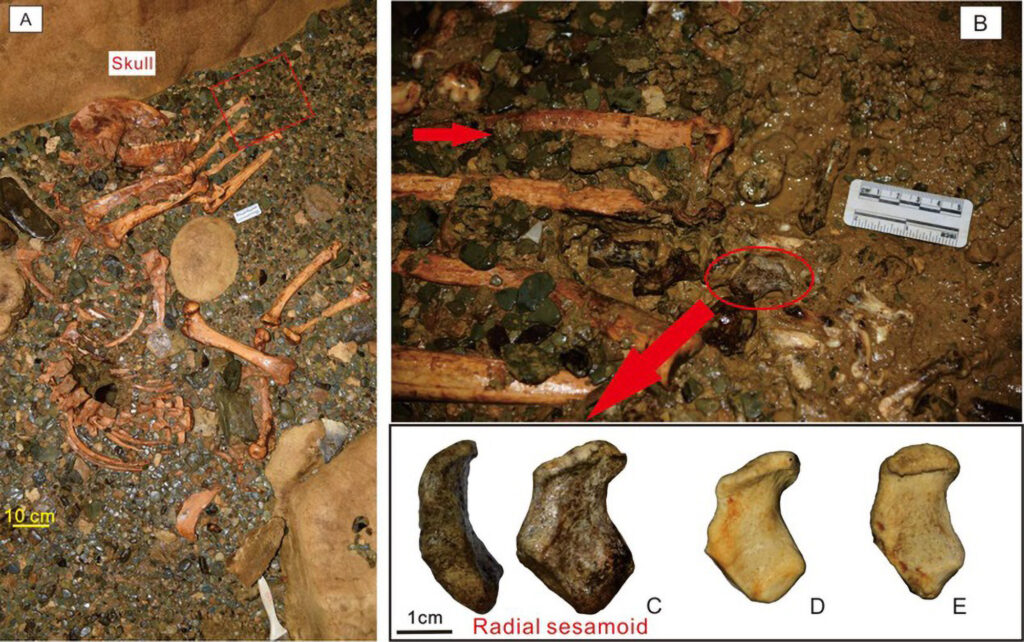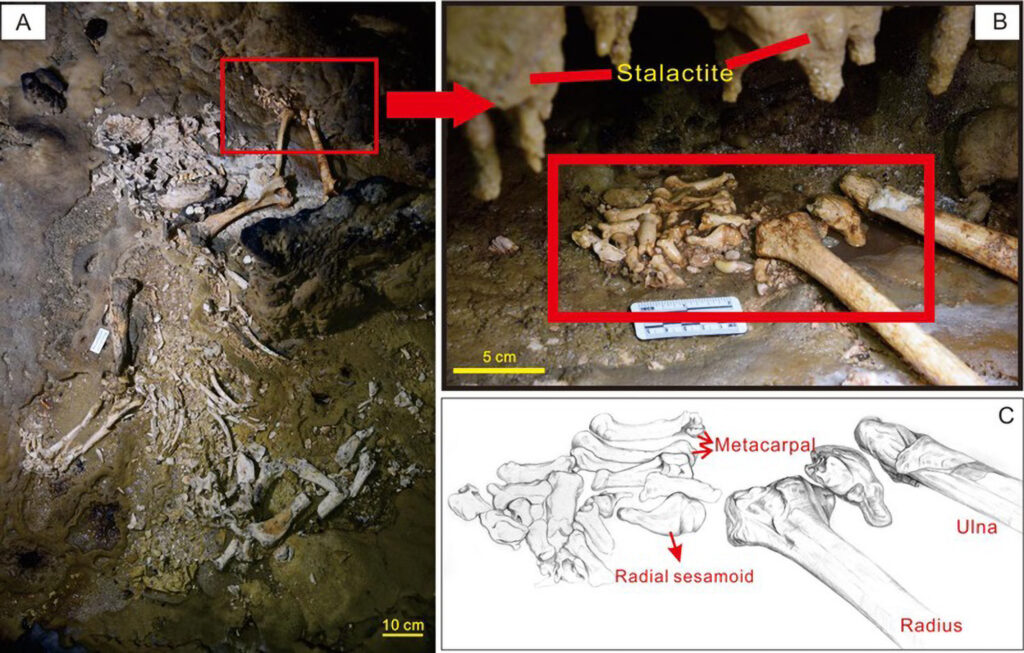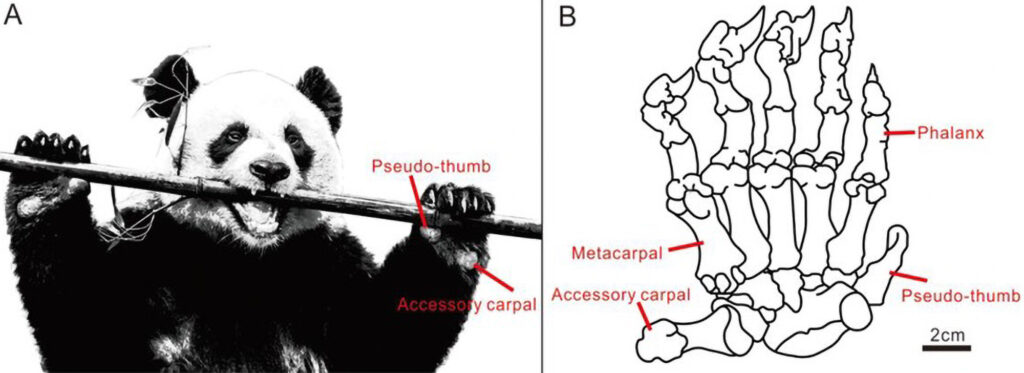Boffins Unearth Extremely Rare 100,000 Year Old Giant Panda Fossil In Chinese Cave
Boffins in China have unearthed an extremely rare giant panda fossil dating back over 100,000 years.
Researchers from the Guizhou Institute of Mountain Resources of the Guizhou Academy of Sciences in the south-western Chinese province of Guizhou found two giant panda fossils in Shuanghe Cave, also in Guizhou Province.
Shuanghe Cave is the longest cave not only in China but also in all of Asia, and the latest find was announced on Wednesday (8th December).

Radiocarbon dating of tooth enamel indicated that one of the specimens, a wild giant panda, lived around 102,000 years ago. The other was dated to around 49,000 years ago.
According to Wang Deyuan, a research assistant at the institute, it is rare to find such well-preserved giant panda fossils.
The research, which involved collaboration with foreign experts, found evidence of radial sesamoid bones, which help the species to grasp bamboo shoots. These bones are not found in other bear species.

The discovery has shown that giant pandas at the time were also able to use their forepaws to grab bamboo, much like modern pandas.
It is believed Shuanghe Cave was a suitable habitat for pandas at the time, due to its complex internal structure and interconnectedness. To date, nearly 30 giant panda fossils have been discovered in the cave network.
Fossils of jackals, rhinoceroses, black bears, stegodons, large Indian civets and other animals have been found in the cave network during previous excavations.

The giant panda (Ailuropoda melanoleuca) is classified by the International Union for Conservation of Nature as a ‘vulnerable’ species.
It currently inhabits only a few mountain ranges in central China, having been driven by farming, deforestation and other development out of the lowland areas where it once lived



